Time Period: World War II through the Faubus Era (1941 - 1967)
McDonald, Maurice Neal “Nick”
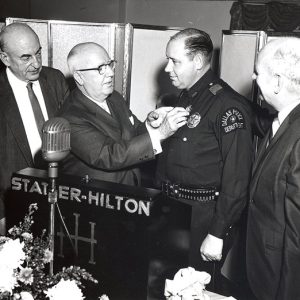 Nick McDonald Award
Nick McDonald Award
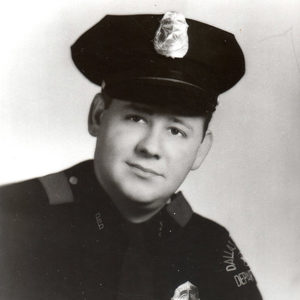 Nick McDonald
Nick McDonald
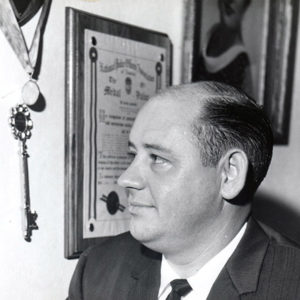 Nick McDonald
Nick McDonald
 James McDonnell
James McDonnell
McDonnell, James Smith, Jr.
 Edward F. McFaddin
Edward F. McFaddin
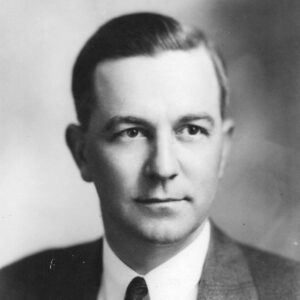 Edward F. McFaddin
Edward F. McFaddin
McFaddin, Edward Fitzgerald (Ed)
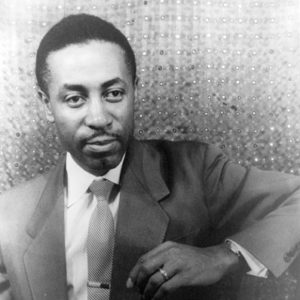 Robert McFerrin Sr.
Robert McFerrin Sr.
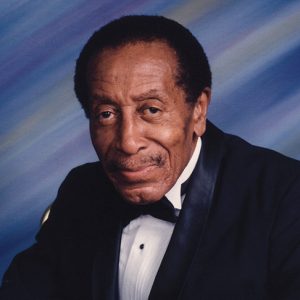 Robert McFerrin Sr.
Robert McFerrin Sr.
McFerrin, Robert, Sr.
McGehee National Guard Armory
 McGehee Rice Dryer
McGehee Rice Dryer
McHaney, James Monroe
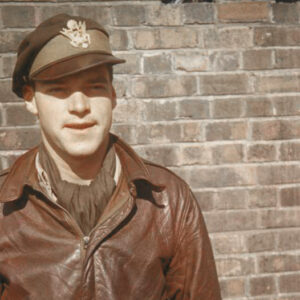 Pierce McKennon
Pierce McKennon
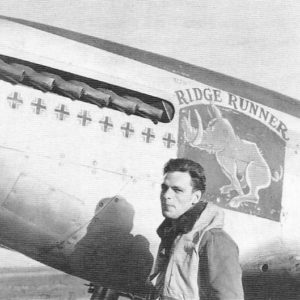 Pierce McKennon
Pierce McKennon
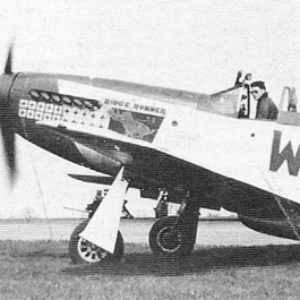 Pierce McKennon in the Cockpit
Pierce McKennon in the Cockpit
McKennon, Pierce Winningham “Mac”
McLarty, Thomas Franklin (Frank), II
 McMath Family
McMath Family
 McMath Postcard
McMath Postcard
McMath, Betty Dortch Russell
aka: Betty Dortch Russell
aka: Betty Russell
McMath, Sid
aka: Sidney Sanders McMath
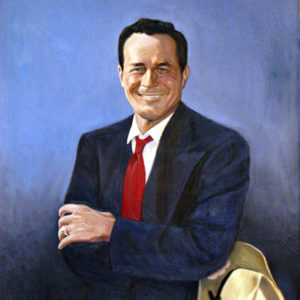 Sid McMath
Sid McMath
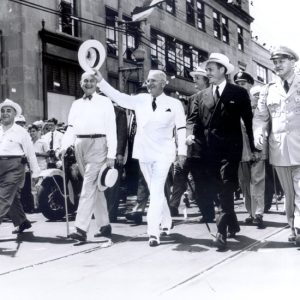 Sid McMath with Truman
Sid McMath with Truman
Meahl, Helen Mae Eidson Buchanan
 Meat Inspection
Meat Inspection
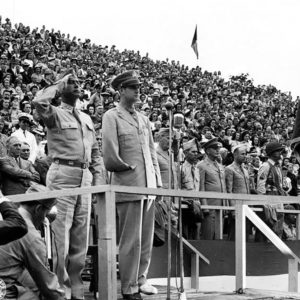 Medal of Honor Presentation
Medal of Honor Presentation
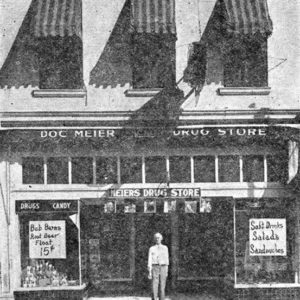 Meir City Drug Store
Meir City Drug Store
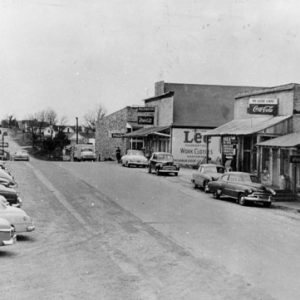 Melbourne Street Scene
Melbourne Street Scene
 Memphis-Arkansas Memorial Bridge
Memphis-Arkansas Memorial Bridge
 Memphis-Arkansas Memorial Bridge
Memphis-Arkansas Memorial Bridge
Memphis-Arkansas Memorial Bridge
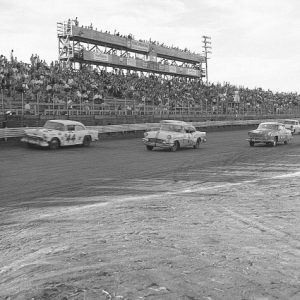 Memphis-Arkansas Speedway
Memphis-Arkansas Speedway
Memphis-Arkansas Speedway
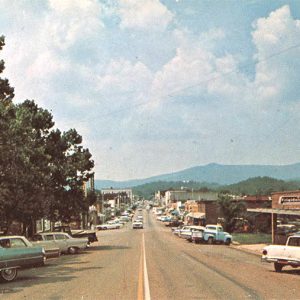 Mena Street Scene
Mena Street Scene
Mercer, Christopher Columbus, Jr.
Merci Train
aka: Gratitude Train
aka: Train de Reconnaissance
 J. N. Heiskell and Merci Train Car
J. N. Heiskell and Merci Train Car
 Merci Train Gifts
Merci Train Gifts
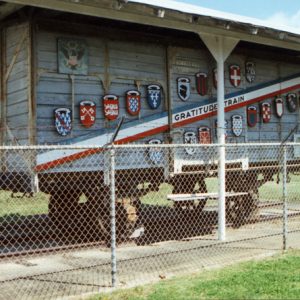 Merci Train Boxcar
Merci Train Boxcar
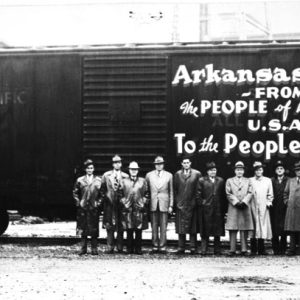 Merci Train Officials
Merci Train Officials
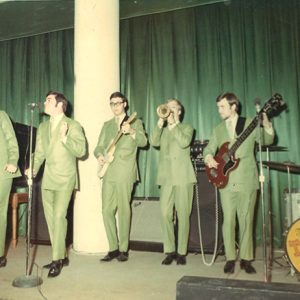 Merging Traffic
Merging Traffic
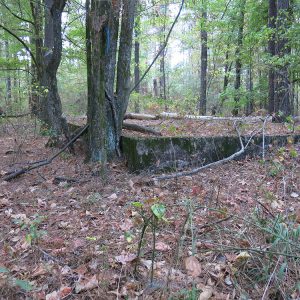 Mess Hall Foundation
Mess Hall Foundation
 Harry M. Meyer
Harry M. Meyer
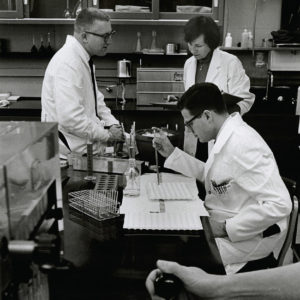 Harry M. Meyer
Harry M. Meyer
 Rhena Meyer with Autoharp
Rhena Meyer with Autoharp




